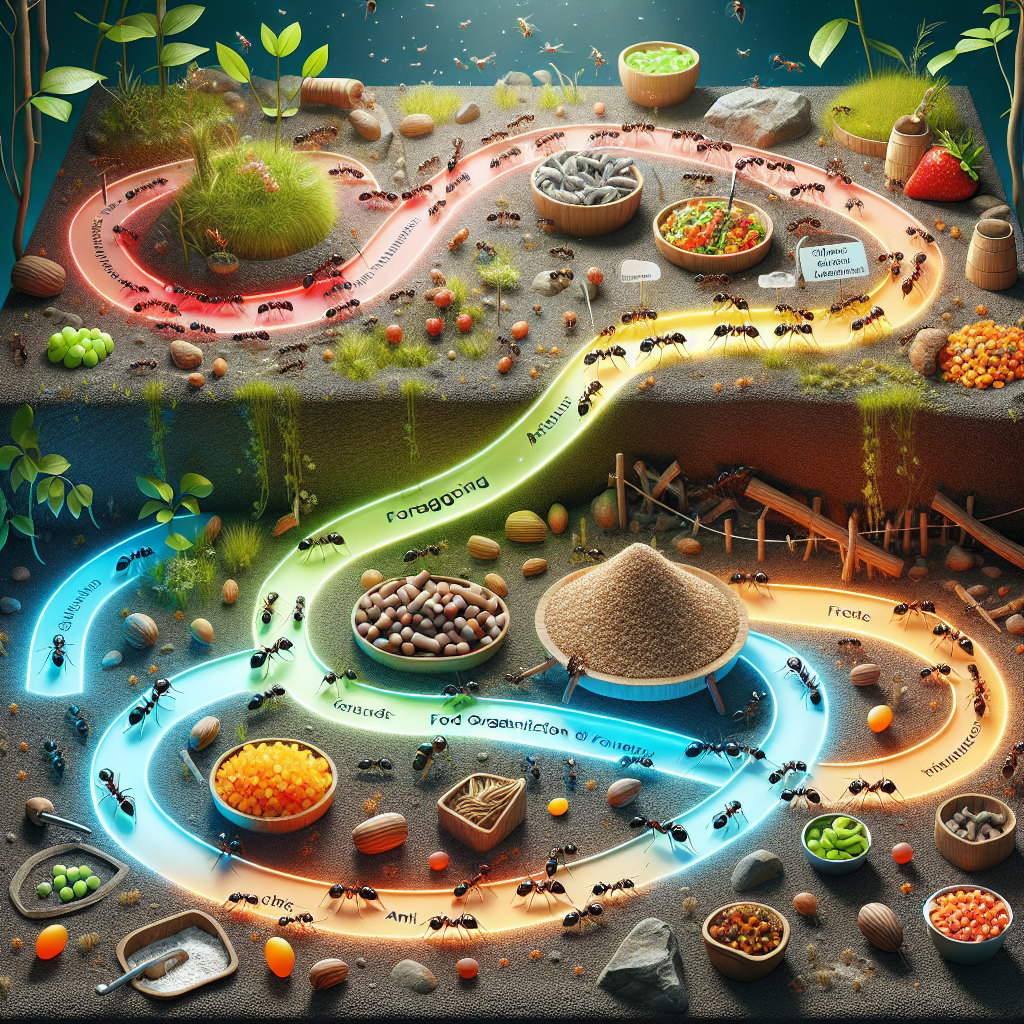
Math Meets Ants: Exploring Multiple Trail Formation in Foraging
**Mathematicians and biophysicists from Florida State University have unveiled a groundbreaking model that elucidates the intriguing behavior of ants forming multiple pheromone trails to various food sources.** Led by Assistant Professor Bhargav Karamched and graduate student Sean Hartman, the study combines computational simulations, mathematical analysis, and stochastic modeling to replicate and predict real-world ant behaviors. Published in the *Journal of Mathematical Biology*, their work demonstrates that ants self-organize using pheromones, initially forming multiple trails to each available food source. Over time, however, they converge on the shortest path, prioritizing closer food sources. The research categorized ants into two subpopulations: foragers, who search for food, and returners, who head back to the nest after finding it, influencing trail formation. Collaborative efforts with Cleveland State University's Shawn Ryan further supported the model with nuanced pheromone dynamics, indicating that the proximity of food sources impacts the amount of pheromones secreted. **The model's broader applicability spans organisms such as bacteria, mold, and even fish, showcasing the power of pheromone-based communication across various species.**